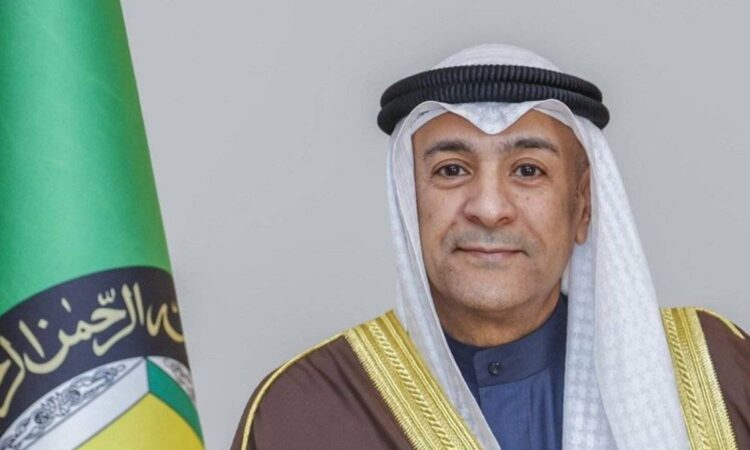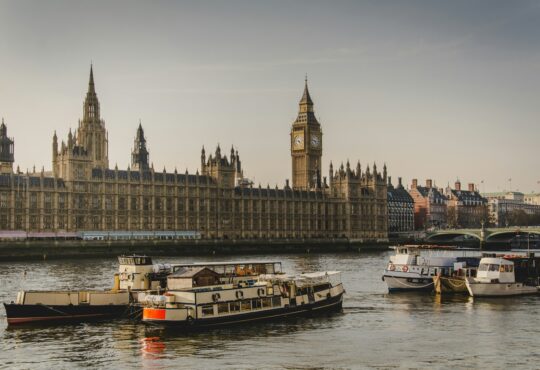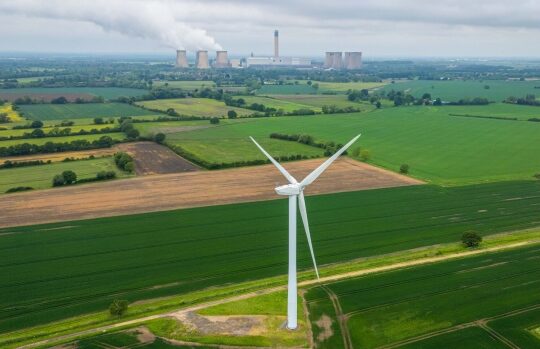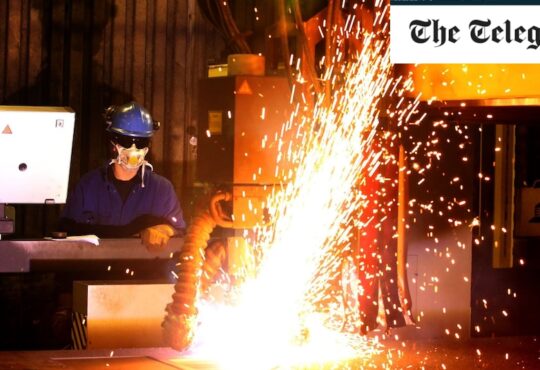
Saudi Arabia shared the story of its energy transformation that began in 2019, displaying its achievements towards an innovative and sustainable future at the 14th Symposium of the International Energy Agency, the International Energy Forum and OPEC, which was recently held in Riyadh.
During the event, Saudi Minister of Energy Prince Abdulaziz bin Salman presented a report entitled, “The progress made in Saudi Arabia towards the energy transition and the upcoming global challenges,” stressing that energy transition in the Kingdom has been proactive and comprehensive since 2019, when the country adopted the circular economy approach.
The minister pointed to the launch of two major initiatives in 2021, namely the Saudi Green Initiative, which aims to pump investments worth about $266 billion to generate clean energy, in addition to reducing carbon emissions by 278 billion tons annually until 2030.
The second is the Middle East Green Initiative, which aims to mobilize efforts of various stakeholders to reduce carbon emissions by an amount equivalent to 10 percent of global contributions, thus reducing carbon emissions from oil production in the region by more than 60 percent.
The report explained the progress Saudi Arabia has made in the field of energy transition, including saving the equivalent of 492,000 barrels of oil per day since the start of the Saudi Energy Efficiency Program (SEEP) in 2012 and implementing the liquid fuel displacement program in the electricity production sector, which aims to eliminate the burning of one million barrels of liquid fuel by utilizing renewable energy sources.
The Kingdom also plans to increase its capture and storage capacity to 44 million tons annually by 2035, which includes capturing and using two million tons annually of carbon dioxide to produce glycol, green methanol, and clean fuel.
Moreover, the report pointed to the goal of generating 50 percent of electricity from renewable energy by 2030 and increasing reliance on clean hydrogen and low-emission fuel by shipping 150,000 tons of clean ammonia to the world.
Saudi Arabia is also considering establishing a complex to use carbon dioxide and hydrogen gas for the purpose of producing clean fuel derivatives and works to plant 600 million trees by 2030.
The Kingdom has the second lowest methane intensity, and is committed to further reducing methane emissions from oil and gas, according to the report.
Based on a study conducted by the King Abdullah Petroleum Studies and Research Center (KAPSARC), using the Kayrros satellite emissions measurement, it was found that the density of methane gas in Saudi Arabia was 73 percent lower than the value reported by the International Energy Agency. This means that the Kingdom has the second lowest methane intensity among major oil and gas producing countries.
The carbon intensity of the barrel produced by Saudi Arabia is also among the lowest in the world. It has the second lowest carbon intensity among major crude oil producers. In 2021, the country joined the Zero Neutrality Forum for Oil Producers with Canada, Norway, Qatar, the United Arab Emirates, and the United States, which aims to discuss how to support the implementation of the Paris Climate Change Agreement.
As of 2024, the Kingdom plans to offer 20 gigawatts of renewable capacity annually, a goal that only China and the United States have exceeded.
In December 2023, Prince Abdulaziz bin Salman announced that the Kingdom plans to launch renewable energy projects with a capacity of 20 gigawatts in 2024, after it has succeeded in doubling its production of renewable energy four times from 700 megawatts to 2.8 gigawatts.
Also in 2023, the market mechanism for compensating and balancing greenhouse gases (carbon equivalents) was activated. The mechanism aims to issue carbon certificates to stimulate investments in projects that seek to reduce emissions of these gases in all sectors in the Kingdom, and to help achieve the country’s nationally determined contributions under the umbrella of the Framework Convention on Climate Change and the Paris Agreement.
Globally, the Ministry of Energy says that the world has made progress towards mitigating the effects of climate change since the Paris Agreement in 2015, with green investments exceeding $1.8 trillion in 2023, in addition to reviving the Loss and Damage Fund.
Global renewable capacity additions also rose from about 150 GW in 2015 to nearly 510 GW in 2023, the fastest growth rate in the past two decades. Since 2015, more than 300 million people have had access to electricity and more than 700 million people have obtained clean cooking fuels, in addition to the United Nations Climate Change Conference (COP28) reaching a historic agreement on the deep, rapid and sustainable reduction of greenhouse gas emissions in a nationally defined way through eight global efforts.
However, the ministry indicated that despite this progress, further efforts should be deployed to achieve the global transformation in the field of energy, by overcoming major challenges, most notably mobilizing investments and financing.
Gaps in transition financing represent a major obstacle for developing countries in pursuing their net zero ambitions.
The energy transition requires annual investments estimated at about $6 trillion ($1.8 trillion secured in 2023). The annual investments needed represent 7.5 percent of the entire global GDP. This therefore requires that international financial systems evolve to facilitate the required growth of public and private financing.
The Ministry of Energy believes that although renewable energy sources are growing at a record rate, more efforts are needed to increase renewable capacity three-fold in less than a decade. For this purpose, $8 trillion is needed for new installed capacity and $3.6 trillion for grid expansion.






